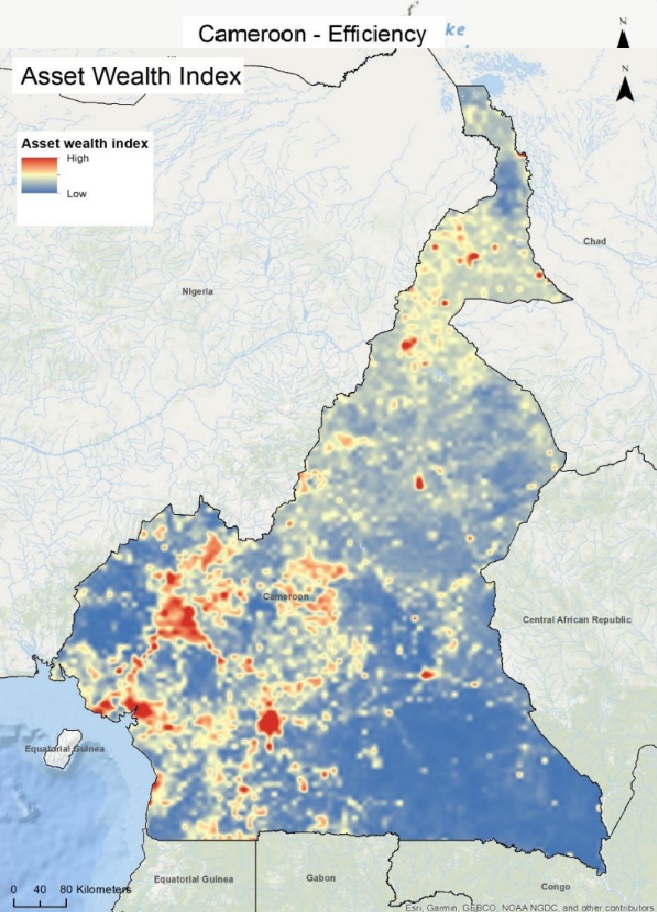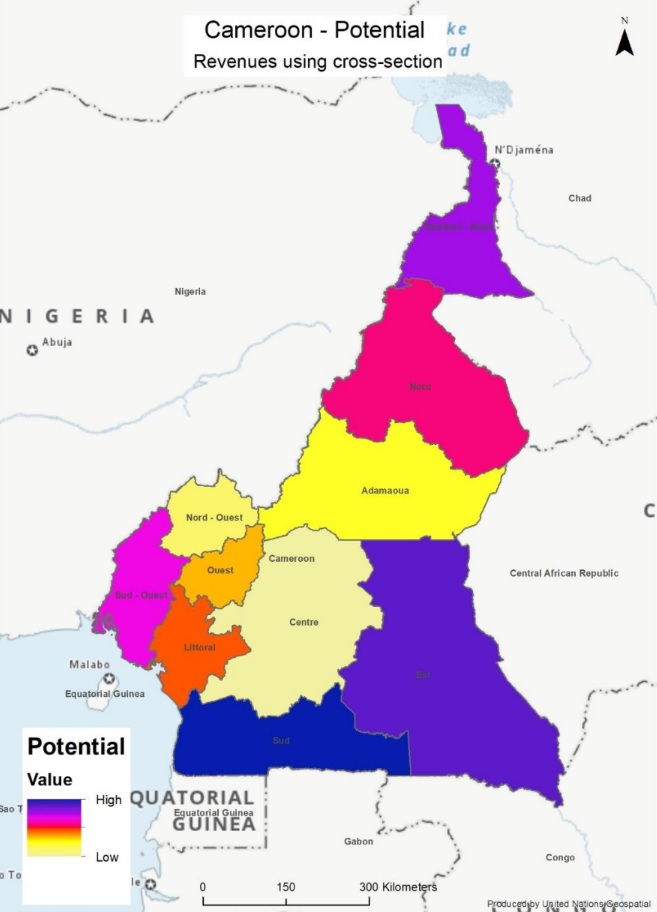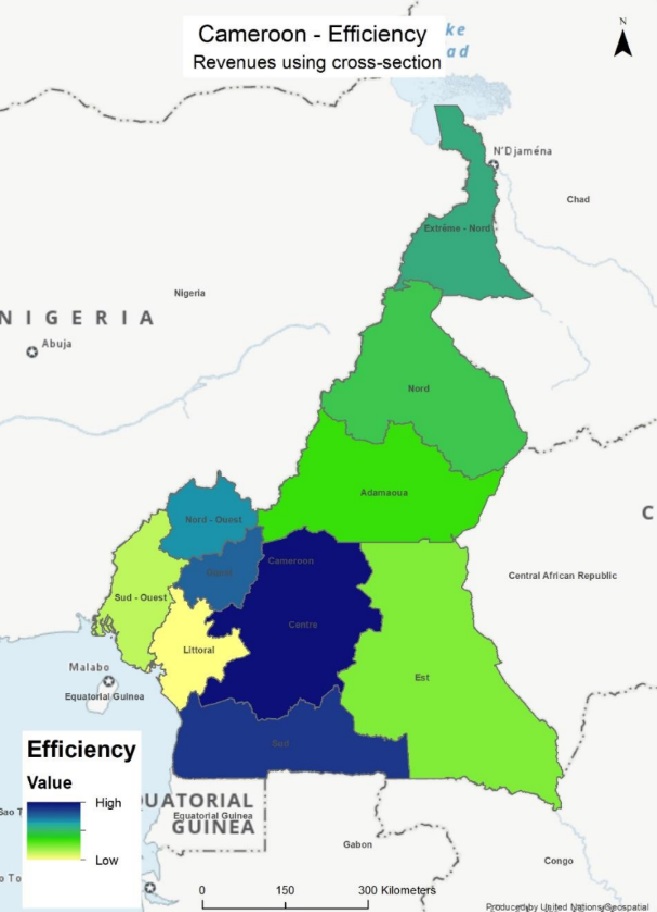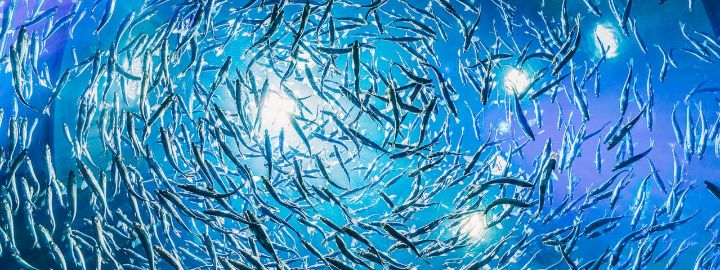Cameroon Investment Proposal
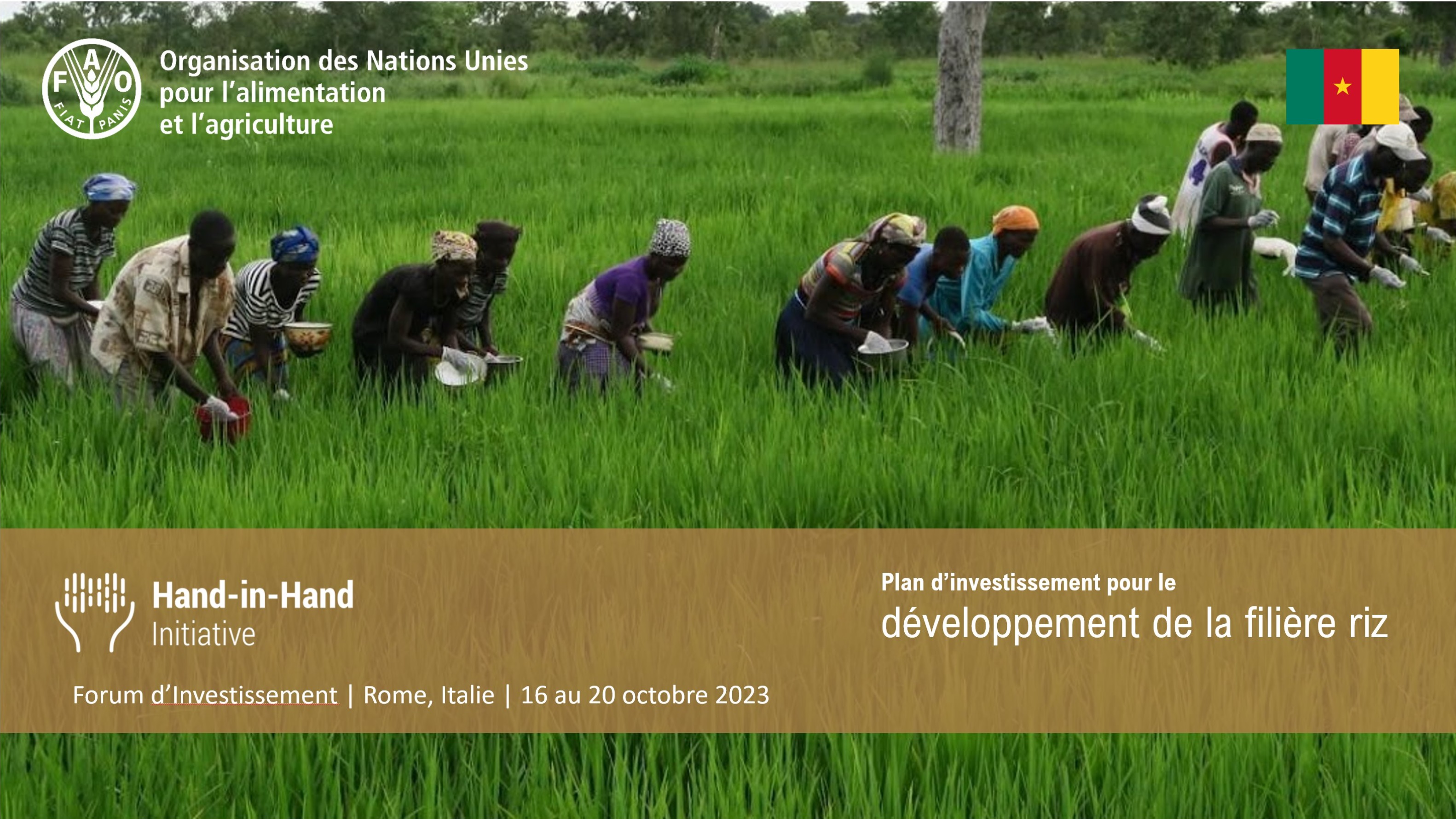 |
Cameroon Investment Plans and Opportunities |

The Proposal
The Hand in Hand Initiative for Cameroun is closely aligned with the National Strategy for Development of Rice Value Chain (2023) and the Compact for Food and Agriculture, through investments in two value chains that will contribute to import bill reduction, job creation and food security and nutrition of the population.



Total Investment | 744.3 Million USD |
IRR Value | 35.6 % |
NPV Value | 607.8 Million USD |
Direct Beneficiaries | 0,0 |
Indirect Beneficiaries | 0,0 |
Total Beneficiaries | 198,600 |
Per capita income increase | 548.32 USD/year |
ExACT TOOL | +7,952,411 tCO2 |
Total Investment | 145.3 Million USD |
IRR Value | 33.9% |
NPV Value | 17 Million USD |
Direct Beneficiaries | 0,0 |
Indirect Beneficiaries | 0,0 |
Total Beneficiaries | 139,200 |
Per capita income increase | 188.2 USD/year |
ExACT TOOL | +2 835 438,6 t CO2 |
Total Investment | 32.8 Million USD |
IRR Value | 26.7% |
NPV Value | 5.2 Million USD |
Direct Beneficiaries | 0,0 |
Indirect Beneficiaries | 0,0 |
Total Beneficiaries | 12,000 |
Per capita income increase | 761.18 USD/year |
ExACT TOOL | +146,157 tCO2 |

Total Investment | 270,063 USD |
IRR Value | 39.84% |
NPV Value | 63,101 USD |
Direct Beneficiaries | 0,0 |
Indirect Beneficiaries | 0,0 |
Total Beneficiaries | 42 |
Per capita income increase | 947,56 USD/year |
ExACT TOOL | -5799 tCO2 |
Cameroon Typologies
Poverty
Potential
Efficiency
Click on individual maps to get detailed view on FAO GIS platform
Agro-informatics connects information technology with the management, analysis and application of agricultural data to design more accurate and targeted agricultural interventions. The use of new technologies and techniques in agriculture, such as satellite imagery, remote sensing, and geographic information systems, enable the transformation of data into actionable information.
Government of Cameroon: investment cases in Cameroon
Cameroon Investment Cases and Interventions
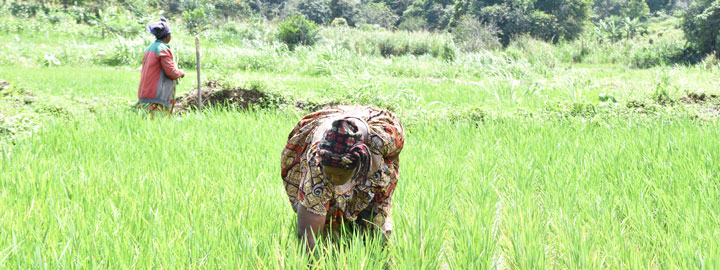 | RiceIrrigated Rice744.3 Million USDIrrigated Rice 198,600 BeneficiariesRainfed Rice145.3 Million USD139,200 BeneficiariesLowland Rice Culture32.8 Million USD12,000 Beneficiaries
|
Rice
The objective is to increase rice production and productivity through investments in the development and management of production resources, infrastructure, and capacities, such as improved access to risiculture basins, improved access to agricultural inputs (high-quality seed production, fertilizers, phytosanitary protection and pest control, advice and extension..), support for mechanization, storage, and processing, and increased access to markets and promotion of local rice. The current production is 270.000 tonnes, with 2.23 t/ha yields for rainfed rice and up to 6.0t/ha yields for irrigated rice and post-harvest losses, with an estimated gap of 450.000 t/year. Investing in the development of resilient rainfed, lowland, and irrigated rice value chains, with improved seeds and integrated measures for increased productivity, would lead to improved incomes and food security.
| Rice-Fish Farming270,063 USD42 Beneficiaries |
Rice-Fish farming
The aim is to pilot a rice-fish culture in one of the areas targeted for the development of irrigated rice fields. The proposed investments aim to develop an integrated and sustainable rice-fish system by promoting profitable rice-fish farming production techniques, technical and organizational capacities of key actors, including producer organizations, and timely market information. These investments would allow higher returns than those of rice monoculture due to higher rice yields, fewer fertilizers and pesticides, and improved soil fertility; to sustainable use of land and water resources; as well as increased food security and nutrition in a region where estimated 10.9% of the population suffers from malnutrition.




